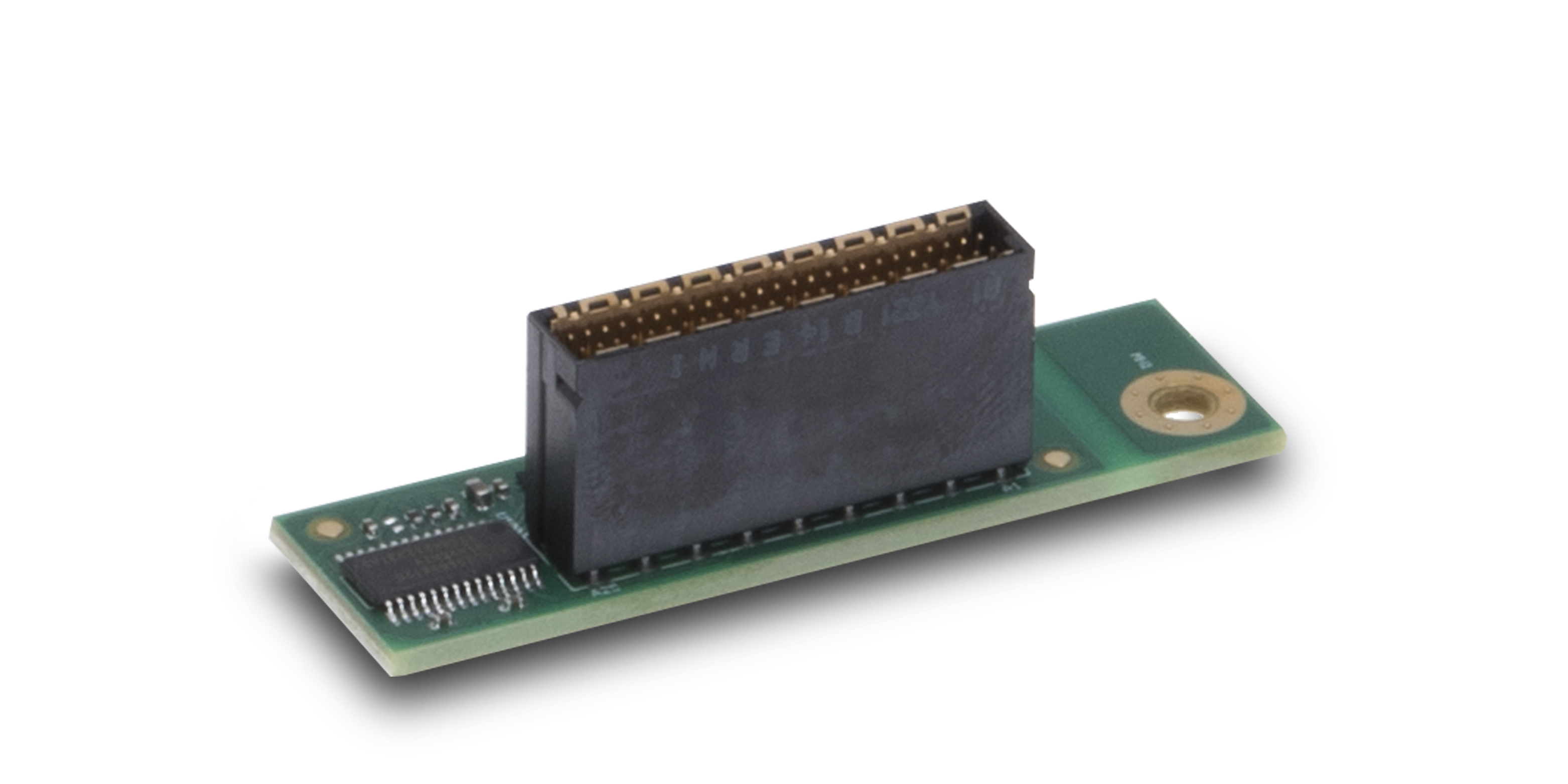- Trusted Platform Module 2.0 Driver Windows 10 Amd
- Download Trusted Platform Module
- Trusted Platform Module 2.0 Driver Windows 10 Dell
When Microsoft initially introduced the concept of trusted computing via hardware enforcement of the cryptographic integrity of the operating system in the early 2000s there was a massive outcry which set the Trusted Computing initiative back a decade, and let malware and rootkits run free on the operating system.
The growth of smartphones, which came with this technology from the start, has given Microsoft the opportunity to try again, and with Windows Vista we once again saw the introduction of support for hardware signing of the OS via the Trusted Platform Module, an industry standard which safely stores the hardware keys which ensures secure boot and that the operating system you use has not been compromised along the way. The feature is an important part of Bitlocker.
Now with Windows 10 Anniversary Edition aka Redstone, support for the Trusted Platform Module has become mandatory and will be enabled by default, meaning we should see a slow phasing out of devices vulnerable to rootkits and other malware which compromise computers at that level.

Jul 21, 2021 Intel PTT is a platform functionality for credential storage and key management used by Windows 8. and Windows® 10. Intel PTT supports BitLocker. for hard drive encryption and supports all Microsoft requirements for firmware Trusted Platform Module (fTPM) 2.0. Find if your NUC supports these technologies. Trusted Platform Module 2.0 Driver Windows 10 Hp. HP has provided the following updates for Infineon Trusted Platform Module. Download and run the Softpaq to extract files. By default, the files will be extracted to the C: SWSETUP folder. Navigate to the folder with the relevant Softpaq number and open the pdf file for further instructions.
The news was revealed at WinHec 2016 recently, as noted in the slides below.
It is of note that TPM has been a requirement of Windows Phone since its inception, and was also built into the ARM version of Windows 8. Its presence is not a complete positive, as it can cause users to be locked out of their computers due to trivial changes in hardware such as firmware upgrades on hard drives with little hope for recovery, and it has also been criticized for its potential to block users from installing other operating systems on their hardware or eventually the ability to restrict users from running unsigned software. As of yet however all motherboards allow users to disable to feature, leaving users free to use their hardware as they please.
Read more about the technology at Microsoft’s Technet here.
You must have Trusted Platform Module (TPM) 2.0 to install Windows 11 – Microsoft has made it clear while launching Windows 11. Here is how you can turn on or enable TPM 2.0 in Gigabyte motherboard to install Windows 11.
Trusted Platform Module 2.0 Driver Windows 10 Amd
TPM or Trusted Platform Module is a hardware-level security chipset that prevents various attackers from attacking on your computer. In simple terms, Microsoft opted for TPM as the Windows 11 hardware requirements to protect end-users against various firmware attacks. However, the same thing created a panic and mess among normal computer users because most of the old hardware do not have TPM 2.0. That is why you might get This PC can’t run Windows 11 while using PC Health Check app. However, there is a big chance that you already have TPM 2.0 but you are not aware of not – feeling same? Don’t worry, you are not alone. Microsoft released few documents, allowing people to know whether their processor is compatible with Windows 11 or not.
Windows 11 compatible Intel processors:
Windows 11 compatible AMD processors:


Windows 11 compatible Qualcomm processors:
Download Trusted Platform Module
If your processor is listed on the official list, you can enable TPM 2.0 using BIOS. Here is how you can check and activate TPM 2.0 in Gigabyte motherboard. However, it is possible to enable Trusted Platform Module in Asus, MSI, Intel, Biostar, etc. motherboards as well.

How to enable TPM 2.0 in Gigabyte motherboard
Follow these steps to enable TPM 2.0 in Gigabyte motherboard:
- Restart your computer and press Delete button to enter BIOS
- Go to the Peripherals tab.
- Use the keyword’s up/down keys to select Trusted Computing option.
- Expand Security Device Support and choose Enable.
- Save settings and exit BIOS to enable TPM 2.0 in Gigabyte motherboard.
To get started, restart your computer and press the Delete button to enter BIOS settings. However, if your motherboard has a different key, press that designated key while restarting to open the BIOS settings.
Once the BIOS settings page is opened, go to the Peripherals tab and use your keyboard’s up/down arrow keys to select Trusted Computing option.
Then, you can expand the Security Device Support and choose Enable from the list.
Now, save the change and exit BIOS.
To verify whether you have successfully enabled it or not, press Win+I to open Windows Settings and go to System > About.
Scroll down to the bottom and click on the BitLocker settings option.
On your left-side, you can find TPM Administration option and you have to click on it.
After that, you can find the Status as The TPM is ready for use. On the other hand, you can see the Specification Version as 2.0.
Final word: Enable TPM 2.0 in Gigabyte motherboard
Trusted Platform Module 2.0 Driver Windows 10 Dell
Enabling TPM 2.0 in Gigabyte motherboard is not that difficult and you can do it within moments. As Microsoft has made it the hardware requirement, you have to enable this functionality to install Windows 11.